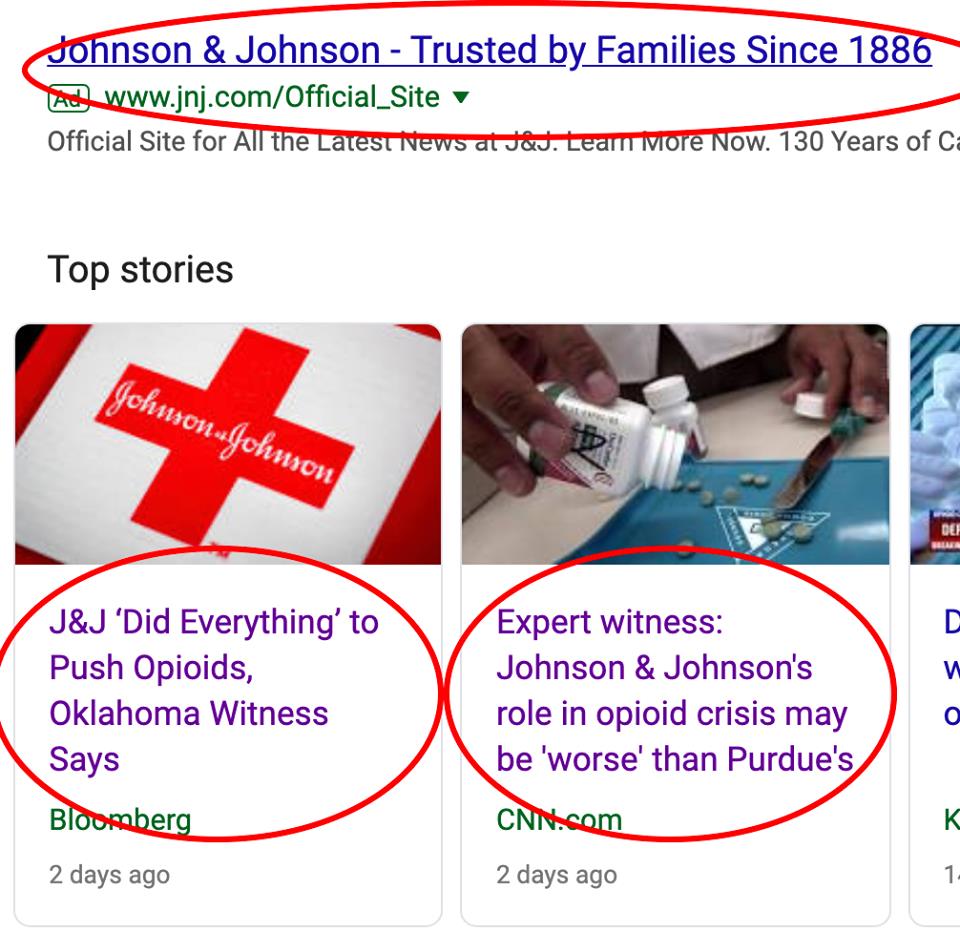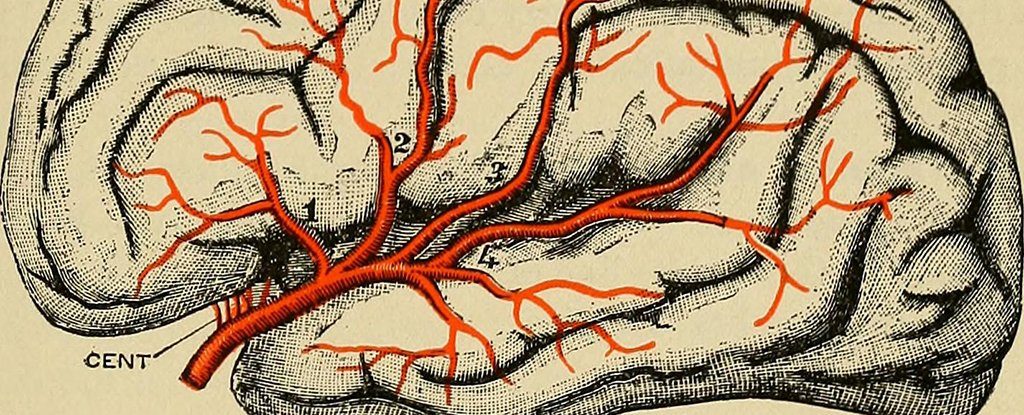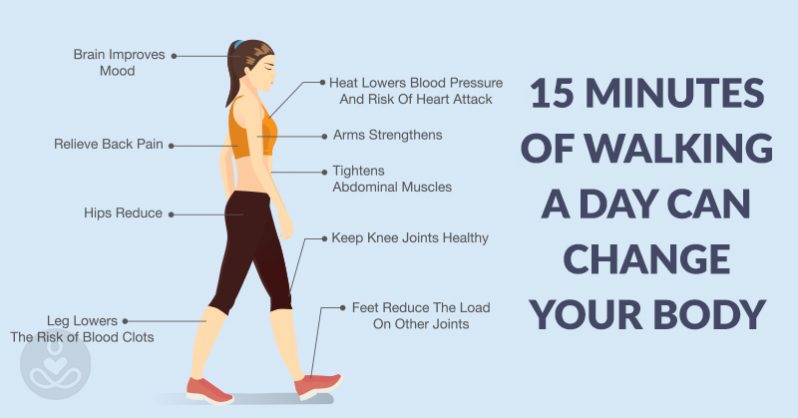
I rec eived this in an email today…
I want to share a new free online event that you need to sign up for if you want to overcome chronic pain to live the life you want finally.
The special event is the Live Your Life Pain Free: How to Heal Chronic Physical and Emotional Pain When You’ve Tried Everything Else Interview Series.
This new online series brings 22 of the world’s leading pain relief experts. And, as one of the featured 22 speakers, I can’t wait to share my knowledge with you.
(Note: I will be speaking about the mechanisms that link pain with your circadian rhythm and sleep habits. It’s fascinating science, so you’re going to want to make sure to watch it.)
https://paintreatmentsthatwork.com/live-your-life-pain-free/?ap_id=ariwhitten









